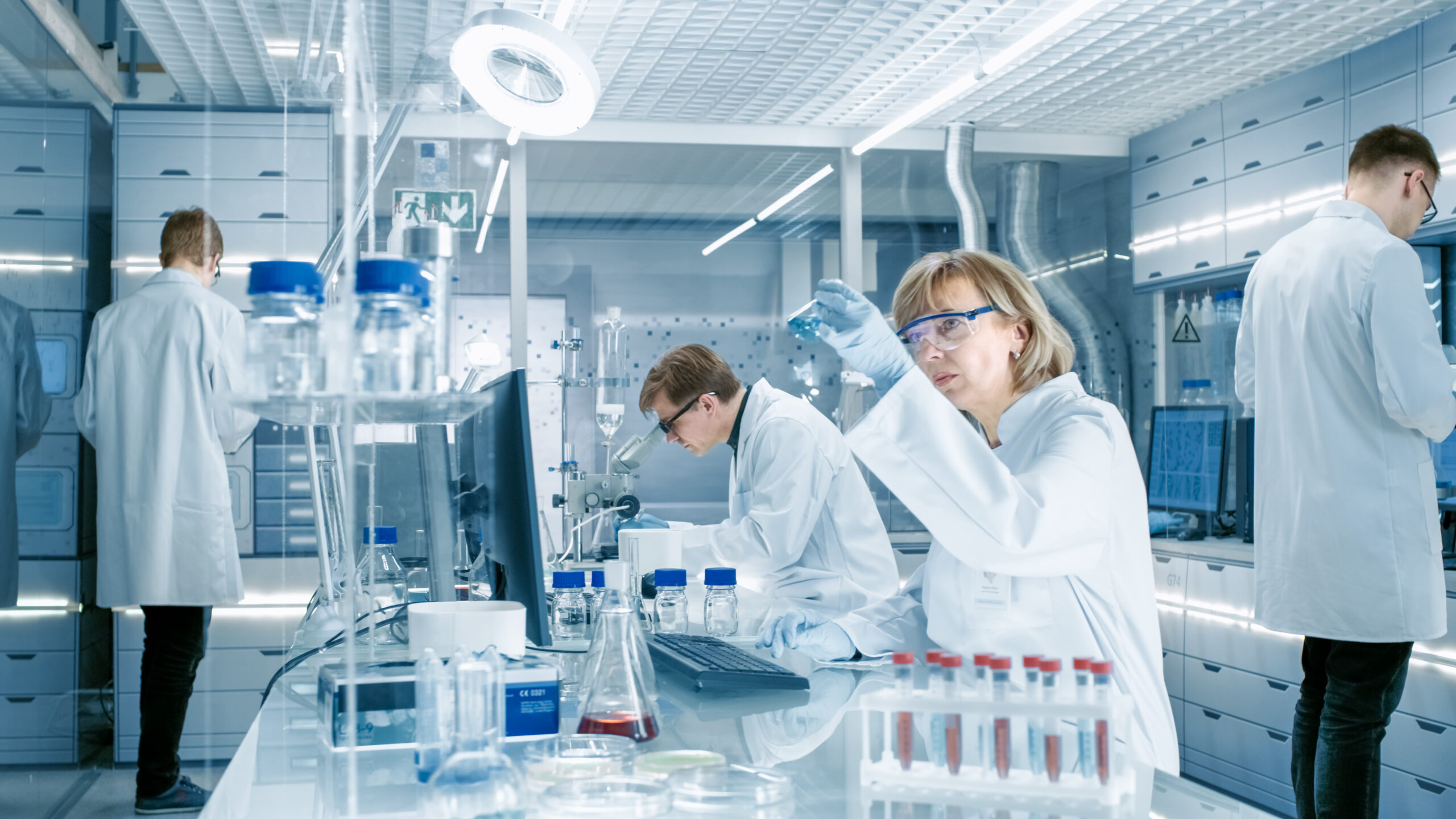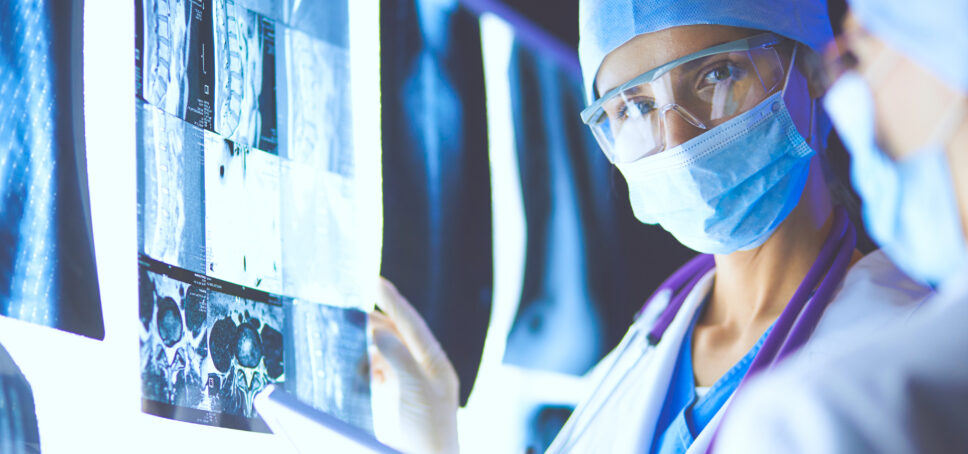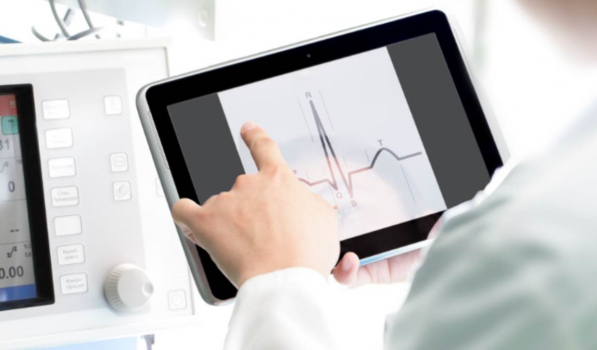Healthtech industry in Finland

There is no official definition or single or universal industry classification in the health technology sector in Finland. Different organizations may have slightly different views on the industry depending on their own role or angle of entry into the topic.
In the health technology sector there is startup and growth companies, large companies, Finnish subsidiaries of international companies and healthcare service providers such as medical centres. These operators both manufacture, distribute and import medical and IVD devices as well as software and/or provide a variety of services (such as certification, auditing, consulting and training) to other companies in the industry.
Health technology is usually separated from welfare technology and the main reason for this is EU device regulation: (EU) 2017/745 (MD Regulation) and (EU) 2017/746 (IVD Regulation) which cover products with a medical purpose. Such products include medical devices, IVD devices and medical software. The medical purpose refers to prevention, diagnosis, treatment and monitoring of diseases. Health technology excludes for example products whose use is not related to medicine, but for measuring and monitoring human well-being.
Medical Devices
The field of health technology includes, in principle, various medical devices intended by their manufacturer to be used in humans for medical purposes. Medical devices include:
- non-invasive devices that are not carried inside the body (e.g. walking sticks and wheelchairs)
- Invasive devices which are completely or partially introduced into the body (e.g. contact lenses, examination gloves, enemas)
- Surgical invasive devices that are introduced into the body by or in connection with a surgical procedure (e.g. scalpels, catheters and needles)
- Active devices based on an external source of energy (e.g., ultrasound, X-ray and software)
Implantable devices that are inserted into the human body to be left in place (e.g. orthopedic implants, intraocular lenses and breast implants).

IVD devices
In vitro diagnostic devices (IVDs) are also part of the health technology industry. IVD device shall refer to a medical device intended by the manufacturer for use in studies outside the human body (in vitro) with human biological samples (blood, saliva, urine, faeces, tissue or exhale) for specified medical uses.
In practice, therefore, the IVD device is used to produce medical data by analyzing either new prospective samples to be taken in the future or old retrospective samples in storage.
The information generated by the IVD device can be used, for example:
- Anticipation (e.g. susceptibility to disease, prediction of response or reaction)
- prevention (e.g. determination of the safety and compatibility of treatment)
- for diagnosis (e.g. physiological or pathological function or condition, congenital physical disability or intellectual developmental disability)
- treatment (e.g. determining a treatment intervention)
- monitoring (e.g. observation of the condition being studied).
IVD devices themselves are not invasive and the sample is not taken by an IVD device, but by a medical device. Thus, the risk posed to the patient by the IVD device is only indirectly and more directly related to the device, for example, the actual sampling process and the treatment decision based on the result.
IVD devices include consumer pregnancy tests, blood glucose meters, clinical laboratory tests, HIV tests, blood group assays, and tests for cancer screening.
It is essential that medical devices and IVDs are products that are regulated by EU device regulation. EU regulations specify, among other things, the definition of medical use, which is crucial when assessing whether a particular technology is subject to regulation or not.
It does not matter, for example, whether the device is used by a healthcare professional or by a patient or consumer. For example, imaging and X-ray equipment used by healthcare professionals and pacemakers and insulin pumps used by patients are both regulated medical devices.

Examples of non-medical devices:
- Hygiene products (e.g. sanitary napkins)
- Colored contact lenses (without contact lens prescription)
- Heart rate monitors that are only used to monitor one's condition
- Gene tests for genealogy
- Body shape-forming implants (e.g. horn implants) and fillers
- Hand sanitizers
- Devices for general laboratory or research use only
Digital health solutions
The health technology sector also includes various digital health solutions, including:
- mobile devices and mHealth applications (e.g. smartphones, tablets and other wireless devices)
- Wearable devices (e.g. smartwatches, rings and other electronic devices for the human body)
- electronic patient records
- Remote technologies (including symptom questionnaires, remote appointments, patient portals, text messages, phone calls, video guidance, and other remote services).
Digital solutions can improve both access to care and the quality and safety of healthcare products and services. The solutions serve healthcare decision-makers, professionals, and patients and healthy people.
The most of the modern digital health technologies utilize data, artificial intelligence, sensors, software, cloud services, computing power, high memory capacity, advanced infrastructure, and often open source operating systems.
Digital solutions are not regulated by any single law or regulation; instead, the standard framework is made up of several different regulatory instruments. Some digital solutions may be medical devices for medical purposes, while others may be wellness technologies.

Well-being technology
If a health-related product is mainly used in the consumer market and the manufacturer has not specified a medical purpose for the product, it is mostly well-being technology rather than health technology.
For example, software that often measures and registers exercise performance, smoking, nutrition, or sleep are typically not medical devices if their focus is on collecting long-term monitoring data to support lifestyle choices.

